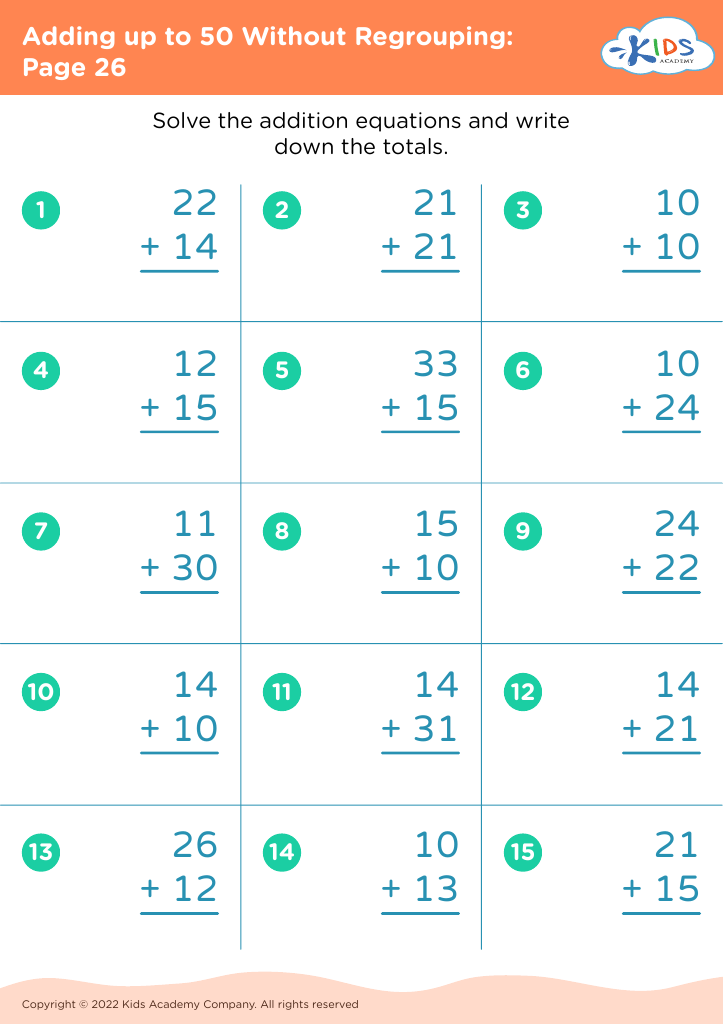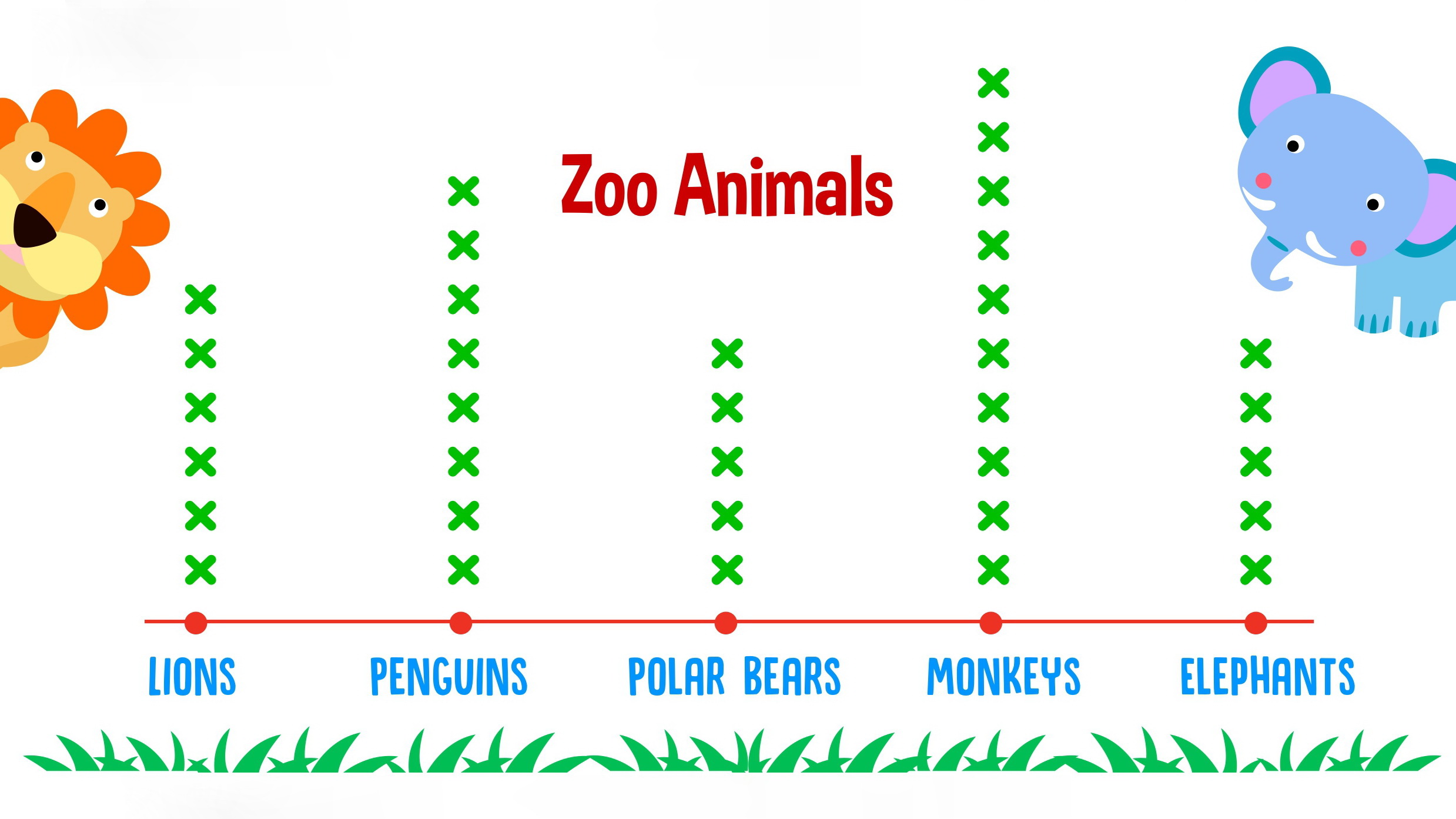Upper-case and lower-case differentiation Worksheets for Kids
1 filtered results
-
From - To
Question/Answer
How does the mastery of the Upper-case and lower-case differentiation skill affect a student's performance at an early age?
The mastery of upper-case and lower-case differentiation at an early age significantly enhances a student's reading and writing skills. It enables them to recognize and form letters correctly, facilitating the development of literacy skills. Early mastery aids in understanding the rules of grammar and sentence structure, ultimately improving reading comprehension and writing proficiency, essential for academic success.
How to test a Grade 2 student’s Upper-case and lower-case differentiation skills?
To test a Grade 2 student's upper-case and lower-case differentiation skills, provide a mixed list of upper-case and lower-case letters. Ask the student to sort them into two groups: upper-case and lower-case. Alternatively, give sentences with intentionally misplaced upper and lower-case letters, asking the student to correct them. These methods assess recognition and application skills.
What are some effective activities to train students’ Upper-case and lower-case differentiation skill when teaching them about Adding up to 50 Without Regrouping?
To train students in upper-case and lower-case differentiation while teaching adding up to 50 without regrouping, consider using matching games where numbers are spelled out in mixture of upper and lower-case letters. Incorporate puzzles that require solving addition problems to unlock the correct letter cases. Also, employ worksheets where students color code or circle numbers in sentences based on case.













